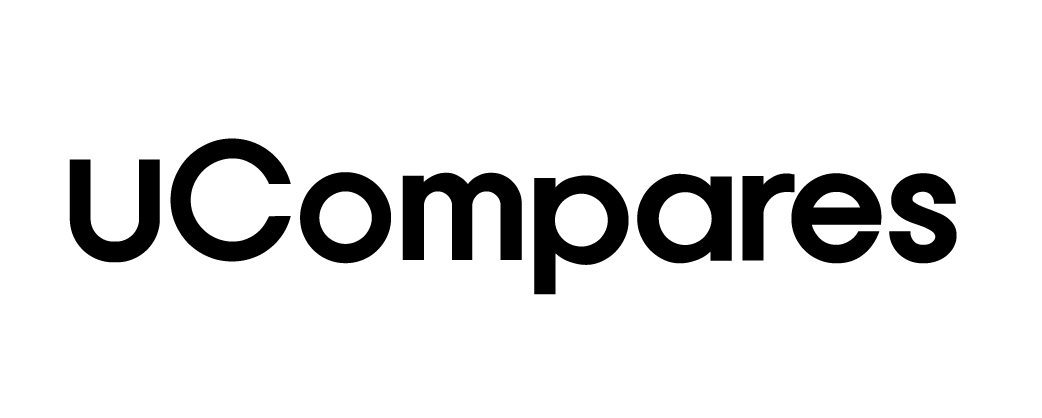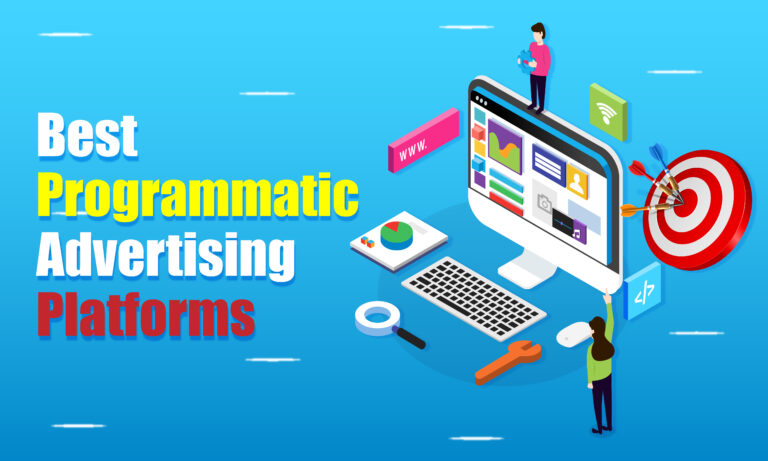Programmatic advertising platforms provide a real-time marketplace for buying and selling digital ad space, acting as intermediaries between publishers and advertisers. These platforms facilitate strategic ad placement through robust software that automates the ad buying process.
The main types of programmatic platforms include Demand-Side Platforms (DSP), Supply-Side Platforms (SSP), Ad Exchanges, and Data Management Platforms (DMP). Each plays a distinct role: SSPs gather data from publishers and pass it to ad exchanges, while ad exchanges share this information with DSPs, enabling an auction for each ad impression.
What Are Programmatic Advertising Platforms?
Programmatic advertising refers to the automated buying and selling of digital ad space, streamlining the process compared to traditional manual methods. It has evolved to include multiple formats and channels, allowing advertisers to reach their target audiences more efficiently.
Historically, digital ads were bought and sold manually, leading to inefficiencies and higher costs. Programmatic platforms, leveraging native advertising, have minimized the impact of ad blockers and opened new opportunities for publishers and advertisers alike.
How Do Programmatic Advertising Platforms Work?
Programmatic advertising bridges the gap between publishers who sell ad space (“ad inventory”) and advertisers seeking to purchase that space to promote their products or services. Here’s how the process typically unfolds:
- Advertiser’s Approach: When an advertiser wants to start a campaign, they use a programmatic ad agency or trading desk to automate ad purchasing through a DSP. The DSP enables marketers to buy inventory from various publishers.
- Data Targeting: The DSP uses a DMP to manage audience data, ensuring the ads are displayed to the right people. It uses factors such as demographics, location, and user behavior to optimize targeting.
- SSP Involvement: When a target audience member visits a publisher’s site, the site sends an ad request to the SSP, which then offers the ad inventory to DSPs for bidding.
- Auction and Placement: An auction for the ad space occurs, and the winning bid displays the ad on the publisher’s site.
Benefits of Programmatic Advertising Platforms
- Improved Ad Efficiency: Programmatic ads reach the right audience at the right time, maximizing campaign effectiveness.
- Cost Reduction: Automating ad purchasing cuts down on administrative costs.
- Real-Time Optimization: Advertisers can adjust campaigns on the fly for better performance.
- Higher ROI: Data-driven targeting improves ad relevance, leading to a better return on investment.
- Comprehensive Audience Data: Leverage data from various sources to enhance campaign targeting.
- Cross-Device Campaign Management: Seamlessly run ads across multiple devices for a consistent user experience.
- Detailed Analytics: Gain insights into customer behavior to optimize future campaigns.
- Faster Campaign Launch: Quick setup and adjustments are possible due to automation.
- Scalable Solutions: Easily expand or reduce ad spending based on campaign performance.
Best Programmatic Advertising Platforms 2024
Here is the list of top Programmatic Advertising Platforms for Affiliates and Advertisers to join in 2024 & 2025.
- Adform
- AdRoll
- Display and Video 360 by Google
- The Trade Desk
- Xandr
- Adobe Advertising Cloud
- MediaMath
- Criteo
- PubMatic
- SmartyAds
- Smaato
- OpenX
- Adbutler (SSP)
- Lotame
- theTradeDesk
1. Adform
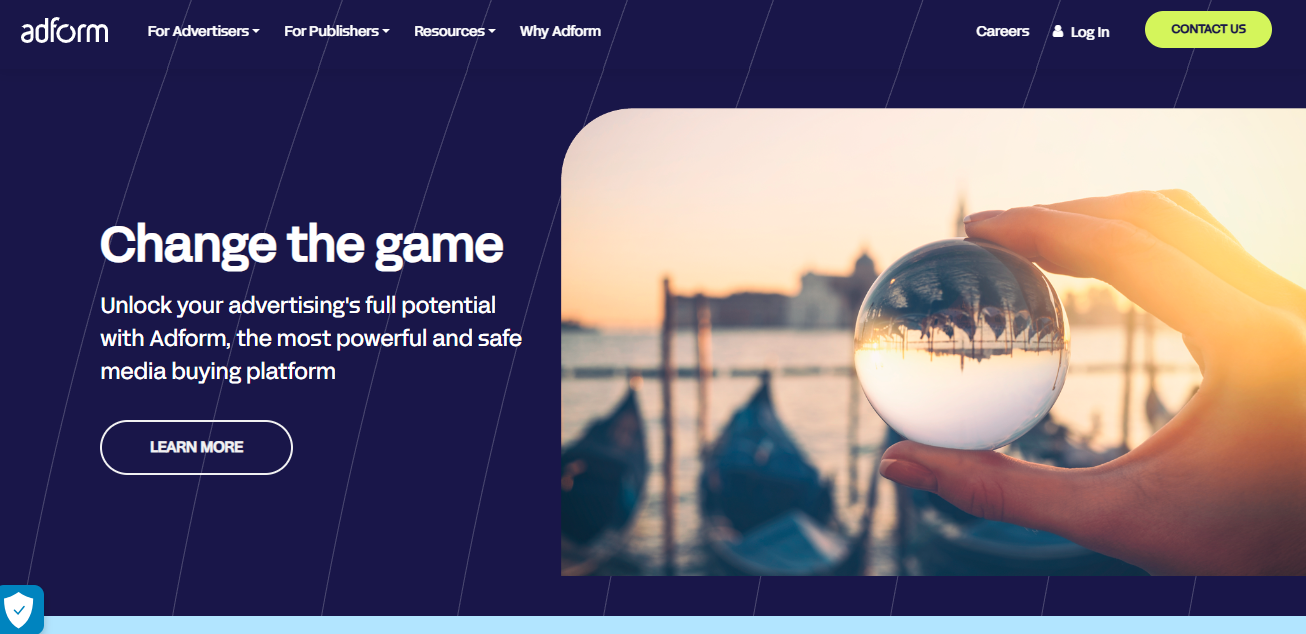
Adform is a Danish demand side platform that was developed for modern marketing. The DSP makes use of Adform flow, an enterprise platform with a scalable, adaptable, and open architecture, to provide seamless campaign cycle management. The technology behind the concept attempts to enhance human-machine interaction while supplying augmented intelligence to improve client firms’ performance.
The only international, independent, and completely integrated advertising platform designed for contemporary marketing is Adform. Its proprietary enterprise solution, Adform Flow, uses a scalable, modular, and open architecture to offer a superior user experience and enable seamless control of the whole campaign life cycle.
Pros
- a variety of rewards, including bonuses, dinner for two, crazy-fun random events, and formal rewards.
- When a coworker lends you a hand and you think they deserve more appreciation than a simple “thank you,” you can write a Kudo for them. Based on the nature of what they did, they will then receive a modest gift from the firm.
- All teams receive a stipend for team building activities, which they can use to plan an out-of-office gathering that can include anything from supper to hot air ballooning to a vacation spot like Mallorca.
- Off-sites – Each Adform team has the option to plan an off-site event,
2. AdRoll
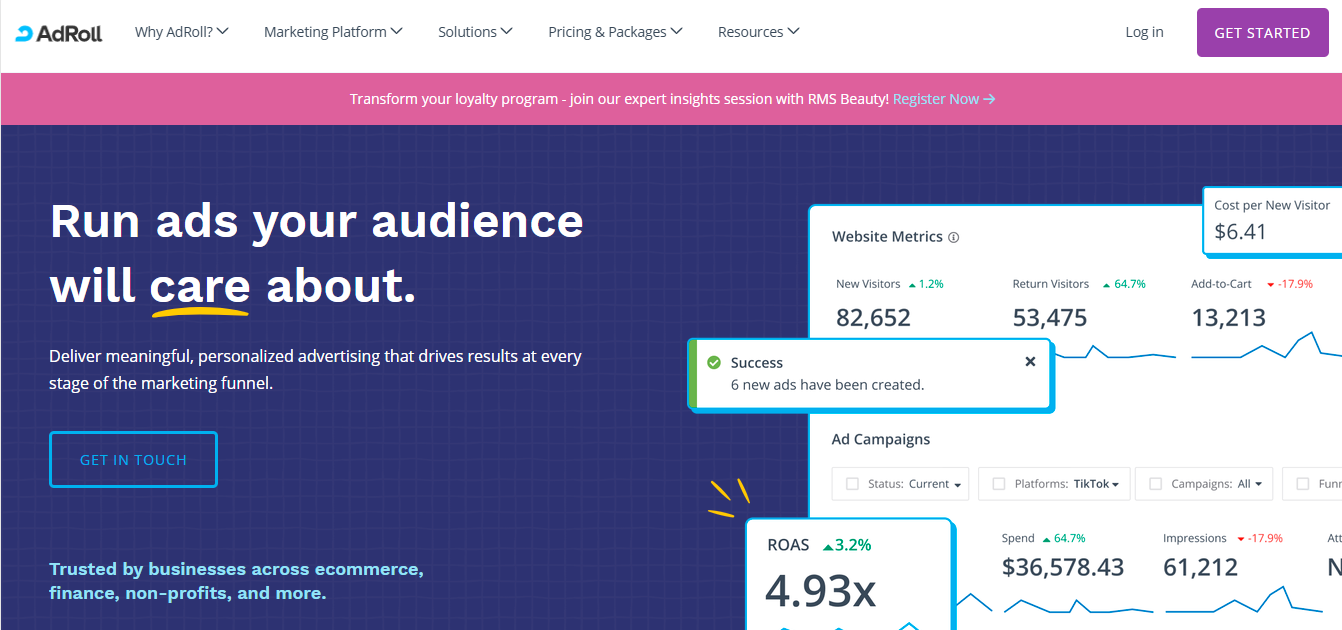
eCommerce companies can simply run display adverts, social network ads, and email campaigns with AdRroll’s centralized platform. They distinguish themselves by offering One Forum, One Purchase, and One Login, which translates to Single Platform, Single Purchase, and One Login.
This enables them to use a standardized marketing DSP platform to enhance their profits while also saving time. For ecommerce firms, AdRoll offers a single platform that makes it simple to deploy display advertisements, social network ads, and email campaigns that engage current consumers, draw in new ones, and increase revenue.
Pros
- Simple to use
- Set up
- friendly to users
- Implements the AdRoll Pixel automatically on all pages of your online store.
- Sync Product Feed: Produces a Product Deed so that you can run Dynamic Ads without paying extra.
- Dynamic Ads to Run: Access effective dynamic ads
- Enable dynamic conversion and ROAS tracking for improved conversion tracking.
- Automatic construction of Conversion Segment: Utilize an automatically produced Conversion Segment that returns precise conversion figures to track the number of sales and amount of income generated by the AdRoll campaign.
- Create important audiences automatically: viewed the item, Add item to cart, Accessed Cart, Checkout (Conversion)
3. Display and Video 360 by Google
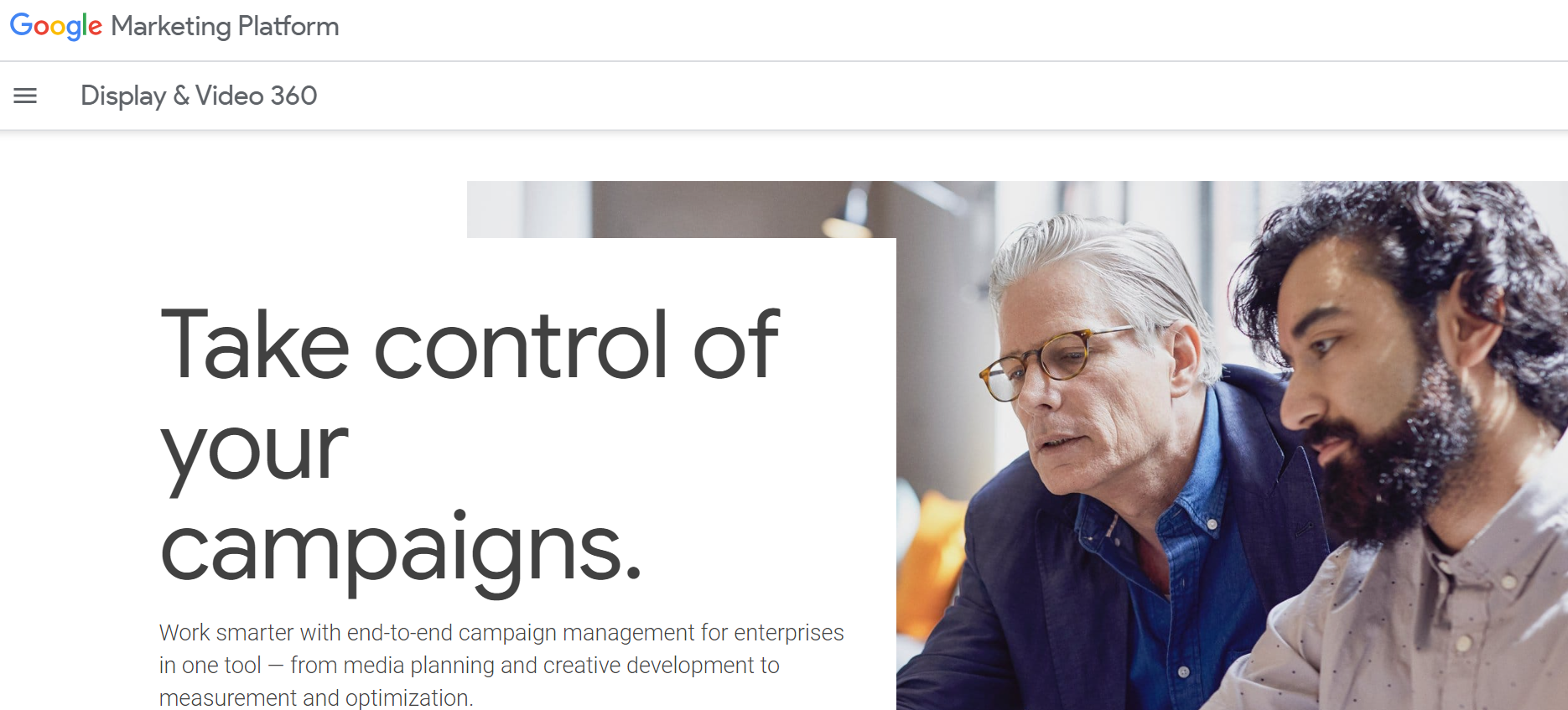
Programmatic advertising is bought and managed using a Google market technology platform called DV 360, which is short for Display and Video 360. Through DV360, advertisers may connect with a wide range of media to reach the appropriate audience at the right pricing.DV360 offers a wide range of Publishers selling ad spots thanks to its direct ties to several ad networks and exchanges, including Google Ad Exchange. DV360 stands out for its scalability, audience segmentation, and end-to-end digital strategy.
Pros
- Omni-Channel Optimizations
- Automated Bidding,
- Centralized Operations, etc.
- Reporting in real-time.
- Ad copy evaluation.
4. The Trade Desk
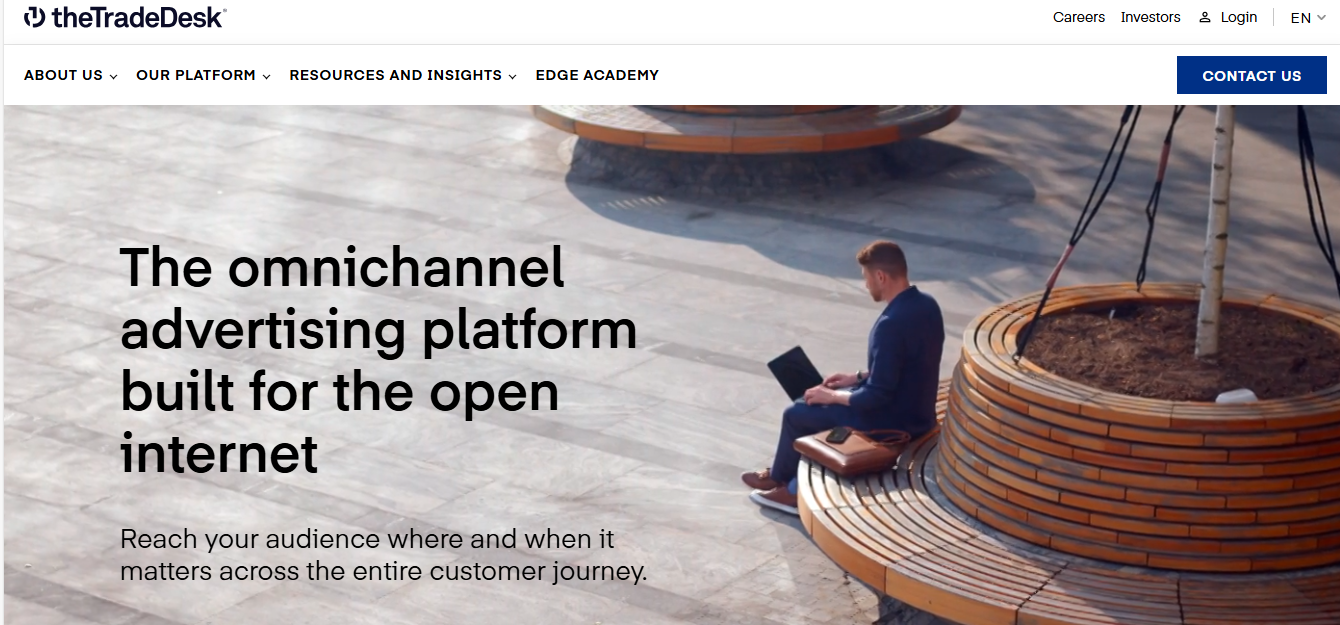
It is a platform for advertising created to reach audiences everywhere. The Trade Desk helps you grow your brand everywhere by using the data to promote it.To expand your audience, you may use the Open Internet to compare performance in a transparent and fair manner across a wide range of websites, applications, podcasts, and other media.
Thanks to the advent of the Open Internet, The Trade Desk is now more powerful, data-driven, and ready for advertising straight out of the gate. An American international technology firm called The Trade Desk (stylized as theTradeDesk) specializes in real-time programmatic marketing automation tools, products, and services that are intended to tailor the delivery of digital content to individual users.
Pros
- Third-party
- display advertising
- Control multiple
5. Xandr
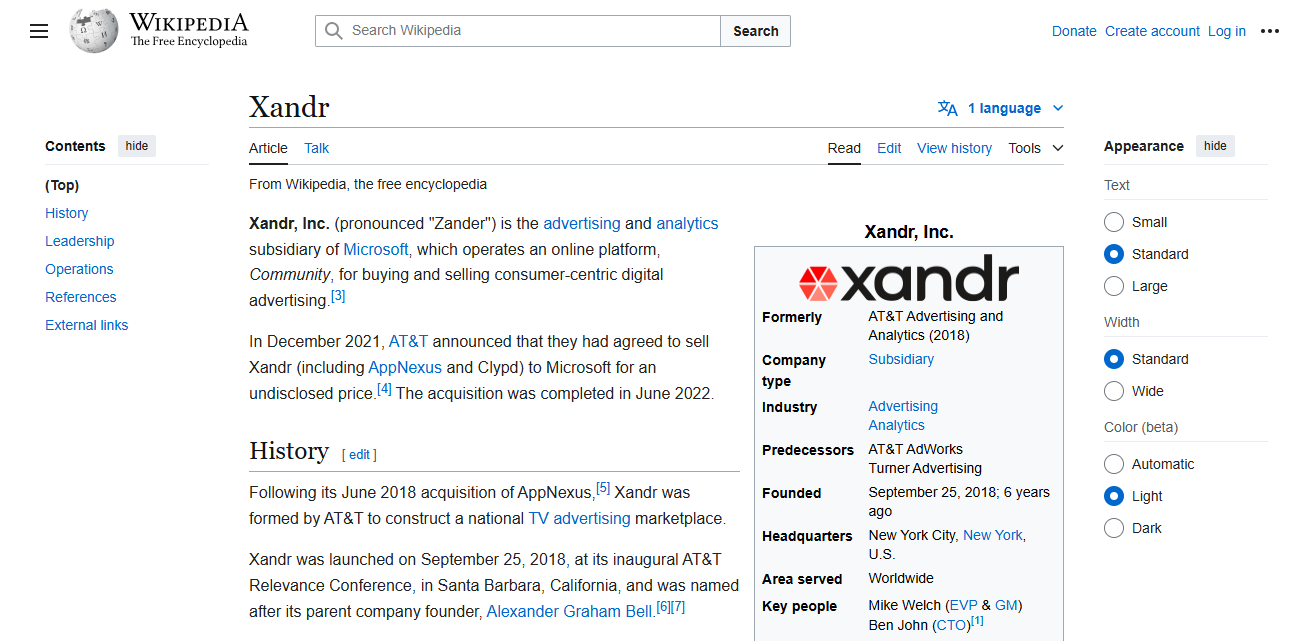
Xandr is a platform for data-enabled technology and a global market for premium advertising. With tailored services, greater access to demand, greater availability to supply, and improved buying strategies for advertisers, Xandr is widely considered as the leading pioneer at the intersection of digital and TV.
The Xandr Marketplace has a sizeable global presence with 6.7 billion daily views, 193,000+ brands, 80+ global DSP interfaces, 1550+ connected publishers, 175+ global SSP connections, and 45+ global data supplier relationships. The AT&T web advertising platform is called Xandr. The company offers a premium platform for advertisers and publishers wishing to reach niche audiences at scale in brand-safe settings through a strong, unified platform by using the multigenerational legacy of AT&T.
Pros
- Data-Driven Yield Optimization,
- Strategic Inventory Management,
- and Demand Advantage
6. Adobe Advertising Cloud
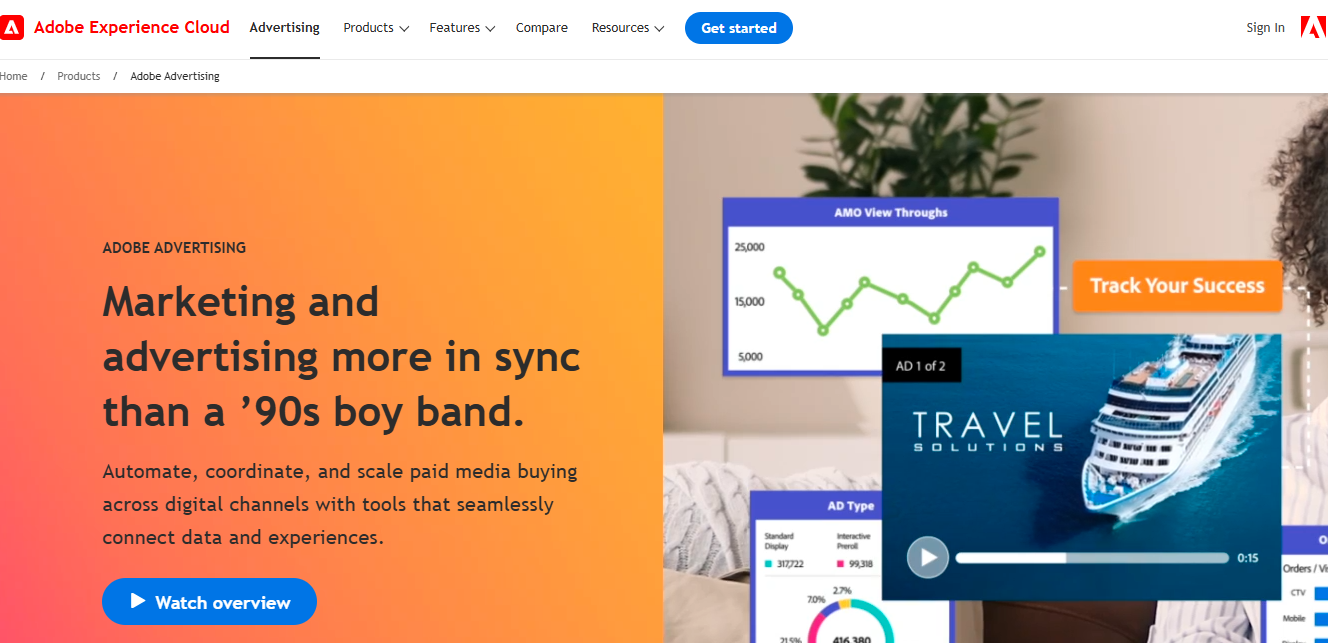
Adobe is a global commercial juggernaut when it comes to media. And what exactly is advertising if mainstream media isn’t presented in a variety of formats? Media and programming come together on a platform called Adobe Advertising Cloud.
The automation and unification of all media, displays, data, and creative have been scaled up by this network, which is the only one that is independently owned and run. Customers may plan, purchase, manage, monitor, analyze, and optimize display, video, native, mobile, audio, Search, and connected TV advertising campaigns using Adobe Advertising Cloud, a cross-channel platform. Customers can also use dynamic ad templates to deliver relevant ad content to end users.
Pros
- Social media
- Management campaign
- several outlets
7. MediaMath
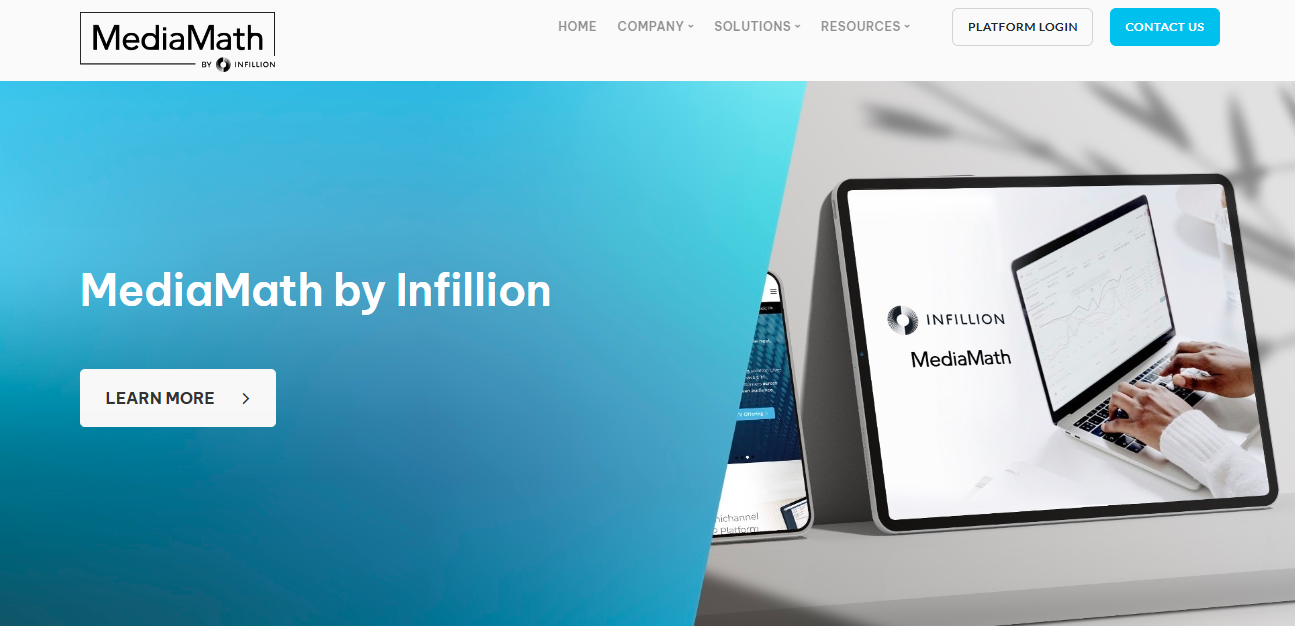
MediaMath is one such demand-supply platform for advertisers built for now and tomorrow. It provides total marketing control while also enabling marketers to operate without restriction and still create effective Omni channel campaigns.
The programmatic advertising platform offers an upgraded user experience, a modernized Ecosystem, and also an agnostic approach that accepts any ID system prior to the deprecation of third-party cookies. We get excellent outcomes through strong ad tech partnerships and a desire to learn more about emerging technologies. We assist more than 3,500 marketers in finding solutions to challenging marketing issues so they may strengthen client relationships across screens and internationally.
Pros
- Out of all the programmatic display providers we work with, MediaMath’s tagging procedure is the simplest.
- For campaign targeting, MediaMath offers a wide range of audience options.
- We have had positive interactions with MediaMath’s customer service.
8. Criteo
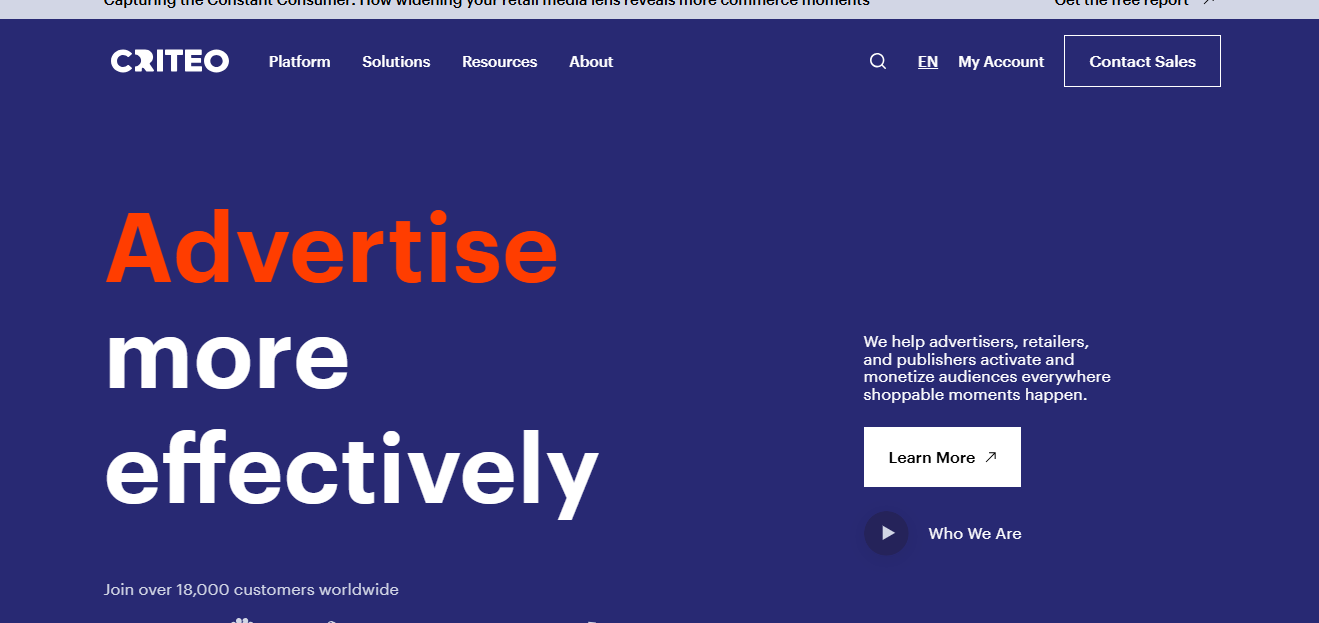
To create, expand, and activate first-party audiences, the Commercial Media Platform collaborates with a supply-side platform named Criteo. The platform’s AI Engine supports predictive bidding, product information, creative optimization, and look-alike audiences.
The website gives publishers and marketers complete control, transparency, and shopper graphs to help them better understand their target market. It also provides a simple-to-use advertising platform that can be rapidly set up. The platform boasts 685 million active daily users, 35 billion daily browse and purchase events active in 96 countries, hundreds of publishers with wide distribution, and premium inventory on the open Internet.
Pros
- Simple to use
- friendly to users
- Set up
9. PubMatic
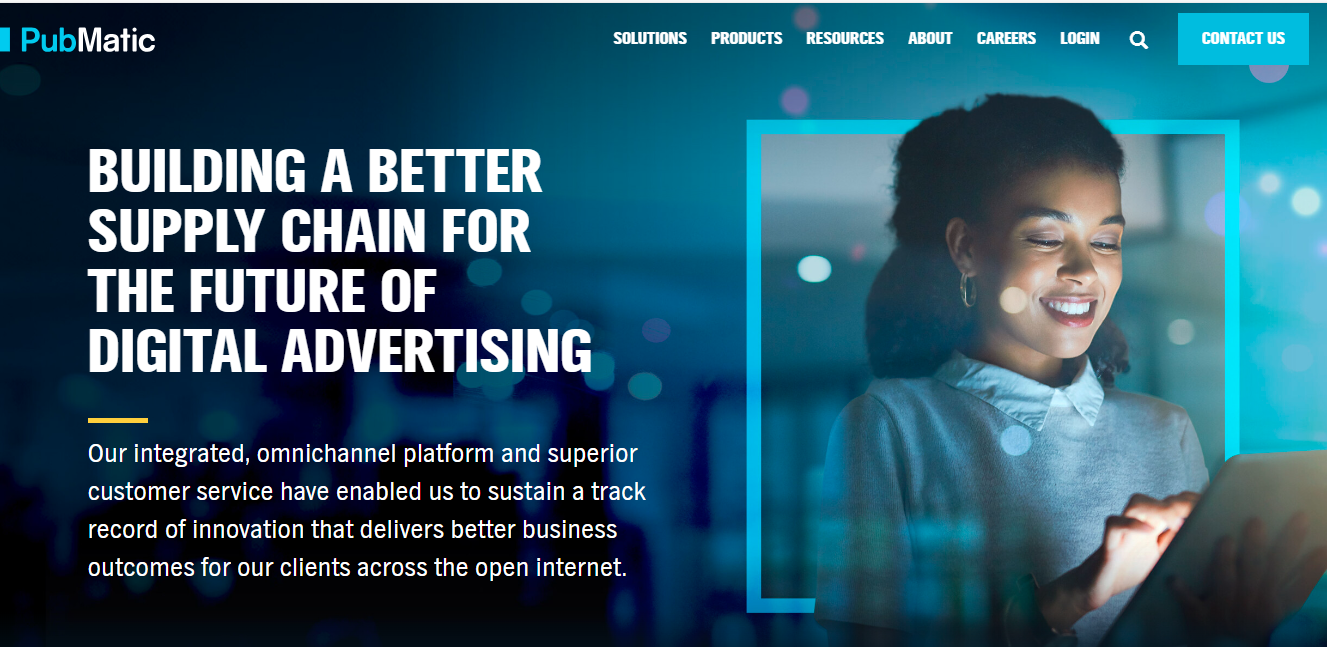
PubMatic is a different platform that offers the future supply chain for digital advertising and maximizes customer value. In order to enable scalable and flexible innovation in their customer-specific solution, they deploy customized infrastructure.
PubMatic’s unbiased approach offers inventory, information, and analytics to drive outcomes and allow control, with an emphasis on transparency and building solutions that address the most significant concerns affecting the sector. Each day, the clock processes 3.3 petabytes of data and receives 1.2 trillion bids from advertisers.
Pros
- Numerous CTV options
- Lots of stock in Tier 1 nations
- excellent support group
10. SmartyAds
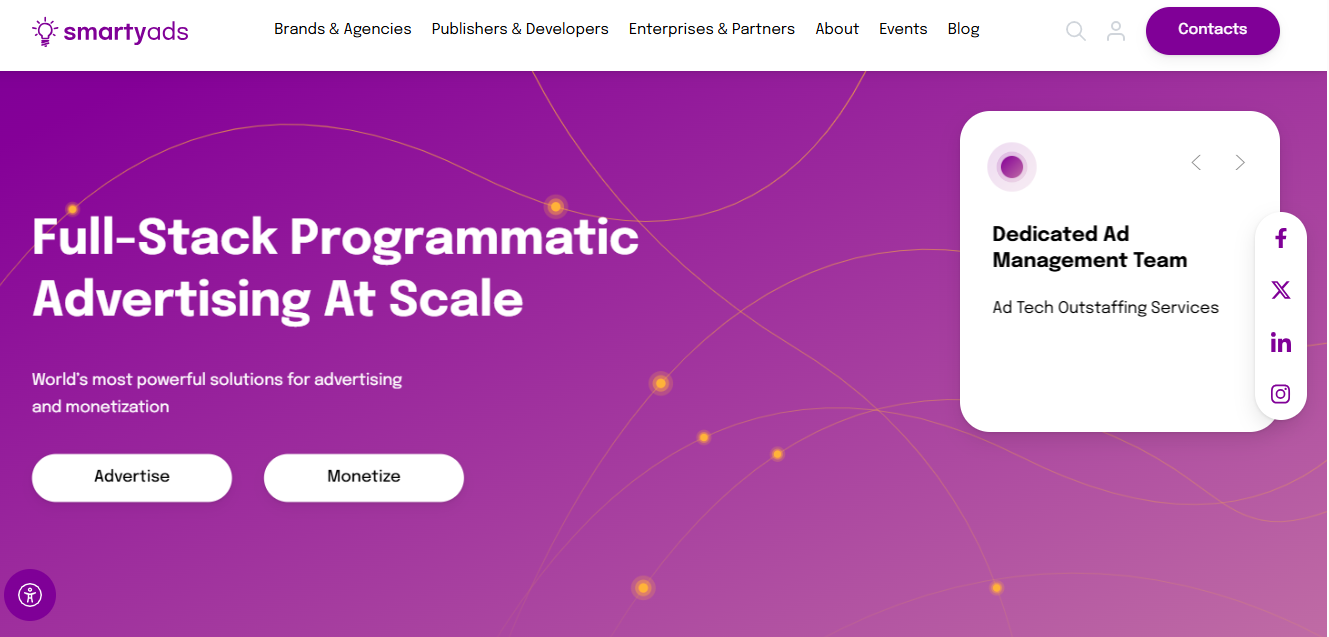
By streamlining the process, giving transactions priority, and achieving desired goals, SmartyAds—the Full Stack Programmatic Advertising Ad Measure for Advertisers and Publishers—accelerates business growth. They offer a unique White Label Solution framework for media purchasing, selling, and data activation.With SpringServe, Criteo, InMobi, Cheetah Mobile, Google, and Opera, they have collaborative ventures. The Salesforce blog, Forbes, Inc., and Entrepreneur have all featured them for their outstanding accomplishment in the industry.
Pros
- Simple to use
- a helpful interface
11. Smaato
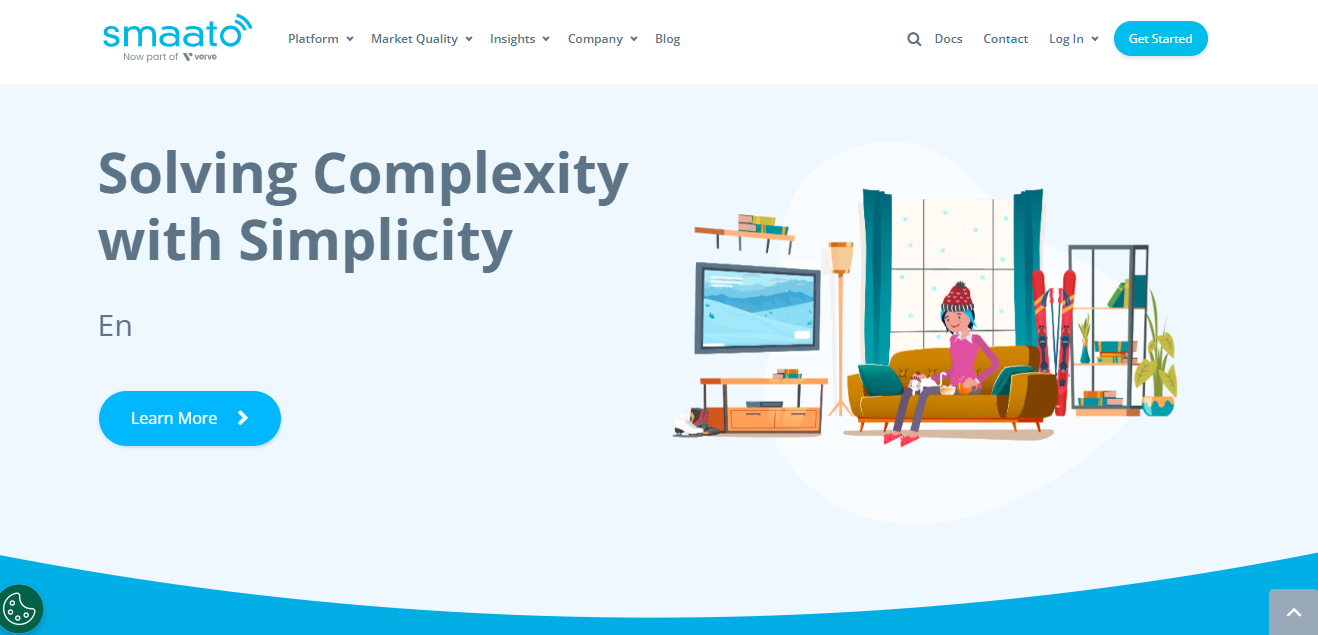
Smaato, a digital platform for online advertising, offers monetization solutions and open ad servers. It involves viewers all over the world by collaborating premium marketers with top-notch publishers. The platform receives a stunning 1.8T ad requests, 1.3B unique users, 150B video ad requests, and 470M unique viewers per month. The Smaato gives publishers and advertisers the option to create their own with no ad serving price. It uses an Omni Channel strategy to support all devices, settings, and ad formats with powerful automated technology and human talents.
Pros
- decent support group
- Consumer assistance
- quick to react
12. OpenX
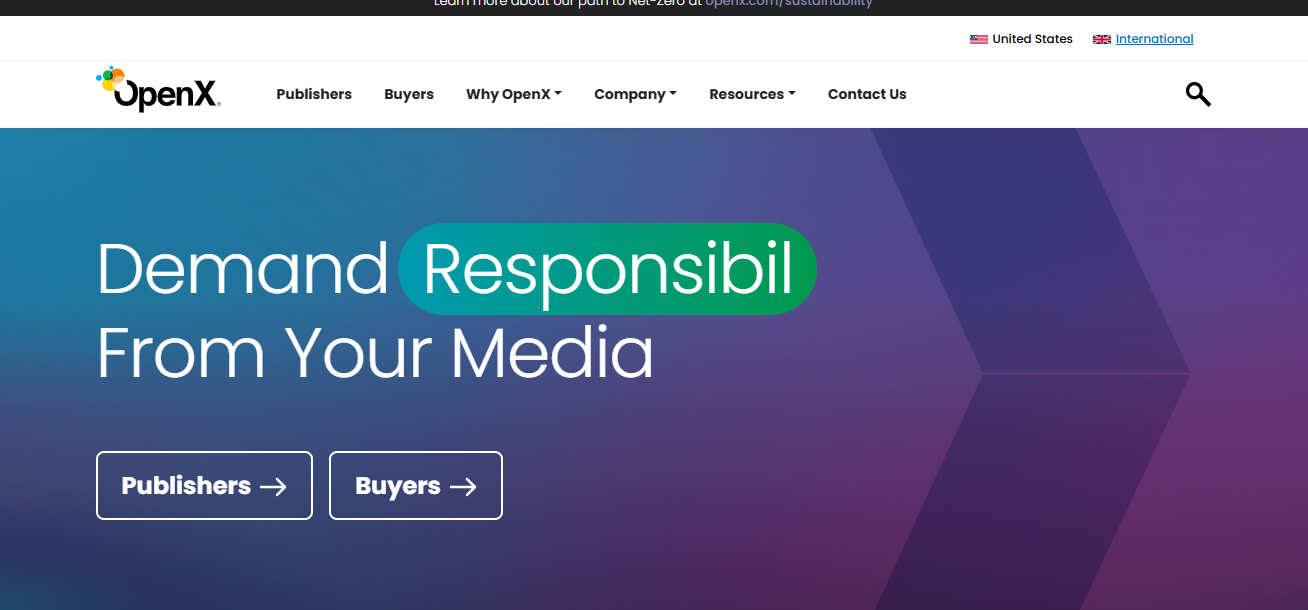
OpenX is a wholly cloud-based exchange with the best tech stack on the market and market-leading innovations. They support audience creation, optimization, and bid guidance while covering all device types and formats at scale.Regardless of whether you utilise their third-party data or your own first-party data, you can use OpenX to identify, reach, and engage users at every level.
Pros
- excellent client service
- excellent client service
13. Adb utler (SSP)
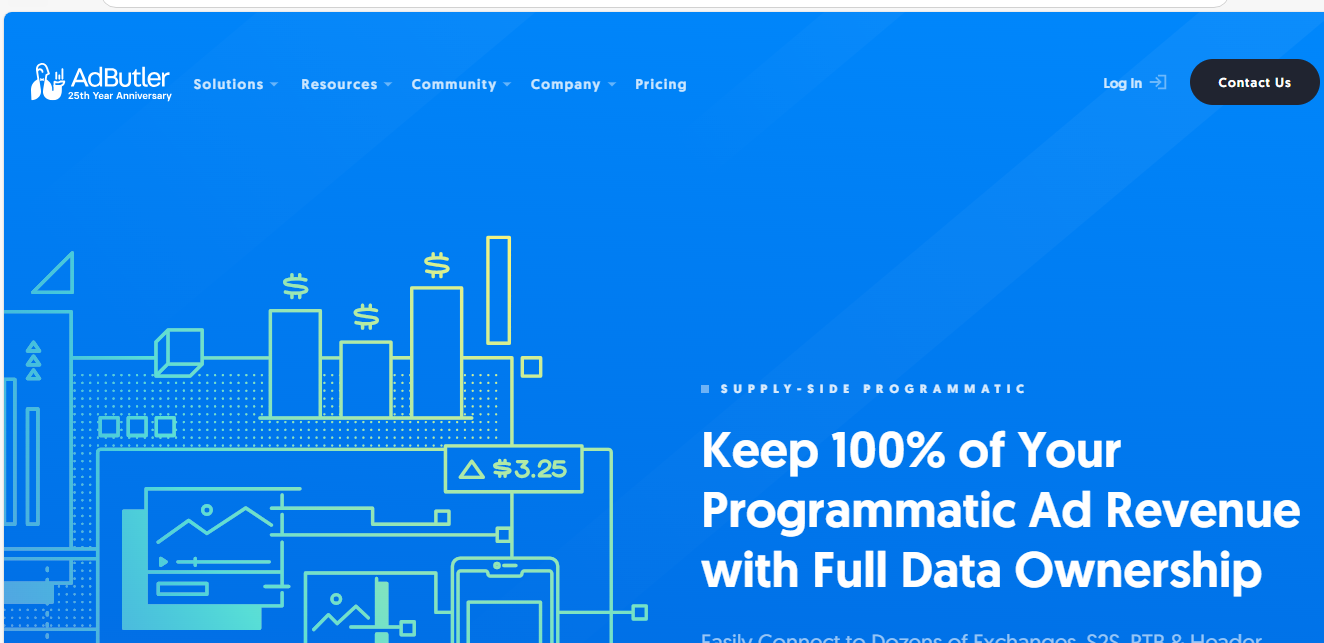
The primary objective of an SSP is to support advertisers and publishers (website owners) in the selling of advertising space on their websites, mobile applications, and other digital properties.The process of determining the optimal price for each ad space and selling it to the highest bidder is automated by these platforms. SSPs work with ad networks to connect publishers to a bigger pool of prospective clients.
Pros
- Real-time analytics without lag
- quickest ad server in the world
- Managing campaigns is simple
- sophisticated deep targeting
- Fast, asynchronous server-to-server or client-side ad calls
- accepts all ad formats
- easy forecasting and inventory management
14. Lotame
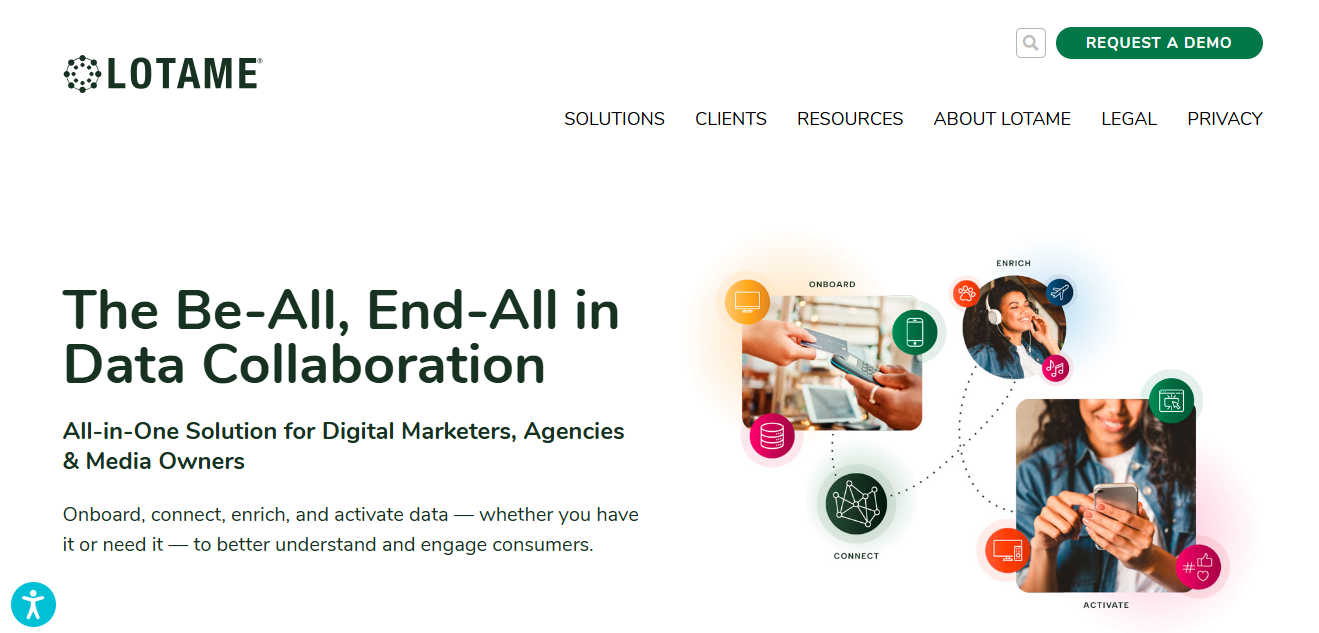
Lotame’s adaptable data solutions guarantee future connectivity and improve performance across all displays. Advertisers, publishers, as well as platforms, rely on its cutting-edge and interoperable solutions, powered by the identity platform, for audience onboarding, audience enrichment, and audience targeting.
Pros
- Audience groups
- intuitive user interface
15. TheTradeDesk
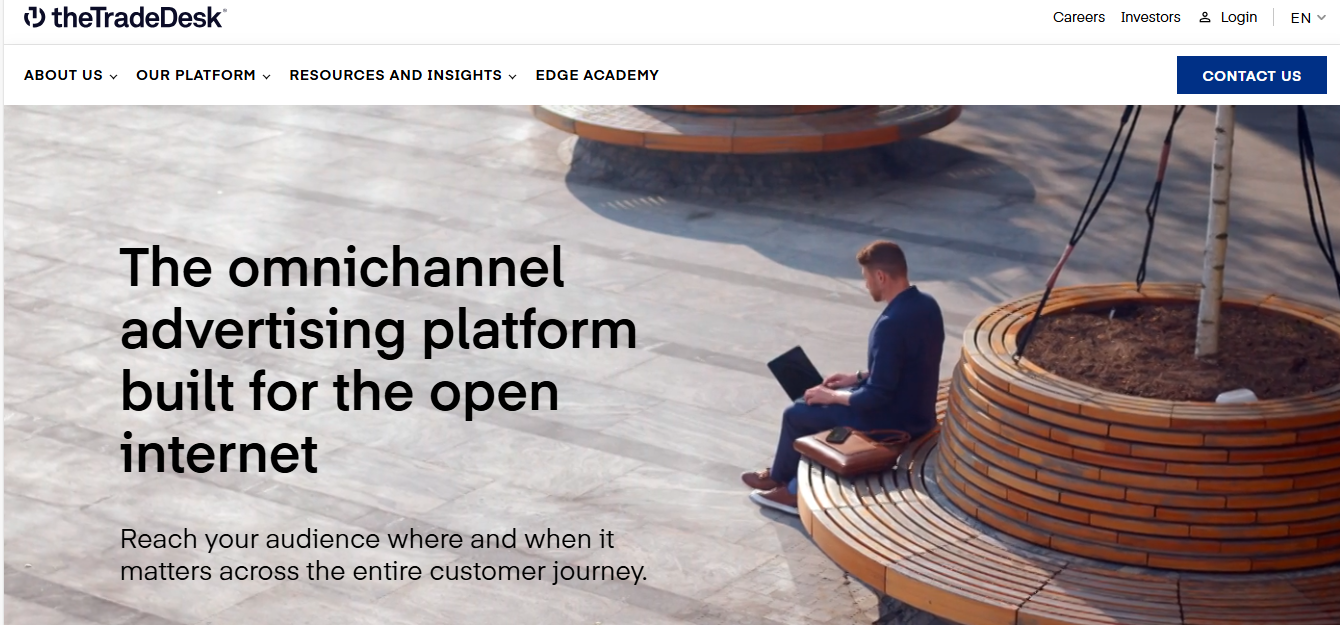
With the use of a DMP from theTradeDesk, advertisers and publishers can collect, arrange, and activate their information in a single spot.One of its most popular capabilities is lookalike modeling, which helps you to discover new audiences using information from your current viewers.
Additionally, it gives users access to a market for data where they can find reliable customers from data producers. TheTradeDesk is expanding aggressively in the DMP sector. For instance, theTradeDesk and TikTok just declared a connection. This collaboration will increase TikTok’s ability to advertise more widely and draw more businesses to the platform.
Pros
Third-party display advertising Control multiple
Conclusion
Programmatic advertising platforms play a crucial role in reaching targeted audiences efficiently. By utilizing data-driven audience targeting, these platforms help advertisers save time, reduce costs, and improve ROI compared to manual ad buying methods. Whether using a DSP, SSP, or ad exchange, leveraging programmatic technology ensures access to a wide range of inventory and facilitates the optimization of campaign performance.
Frequently Asked Questions (FAQs)
What is programmatic advertising?
Programmatic advertising is the automated buying and selling of digital ad space, using data to target specific audiences and optimize ad placements.
How does a Demand-Side Platform (DSP) work?
A DSP allows advertisers to buy ad inventory across multiple publishers through automated bidding, ensuring that ads reach the most relevant audience.
What are the benefits of using an SSP?
An SSP helps publishers maximize the value of their ad inventory by connecting with multiple ad exchanges and optimizing the sale of each ad impression.
Can programmatic advertising work with all types of ad formats?
Yes, programmatic advertising supports various formats including display, video, native, and audio ads across multiple devices.
How does programmatic advertising improve ROI?
It leverages data-driven strategies to target ads more effectively, minimizing wasted spend and increasing the likelihood of conversions.
